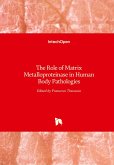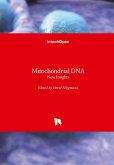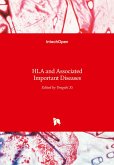Reactive oxygen species (ROS) and DNA double-strand breaks can result from mitochondrial defects and external sources, such as ionizing radiation. If not repaired properly, pathogenic mutations are generated. Human diseases resulting from inherited mitochondrial defects manifest in organs that physiologically require a high level of ATP synthesis. These diseases are clinically challenging, but new experimental clinical therapies include gene editing and mitochondrial transplants. Pathogenic ROS-associated cellular damage includes DNA double-strand breaks, and mouse models are now available to study multiple repair pathways. This book discusses the clinical manifestations of mitochondrial diseases in both the eye and the kidney, and presents new insights into double-strand break repair pathways and developmental phenotypes of g-ray-associated ontogenic mutations of Drosophila melanogaste.
Hinweis: Dieser Artikel kann nur an eine deutsche Lieferadresse ausgeliefert werden.
Hinweis: Dieser Artikel kann nur an eine deutsche Lieferadresse ausgeliefert werden.








